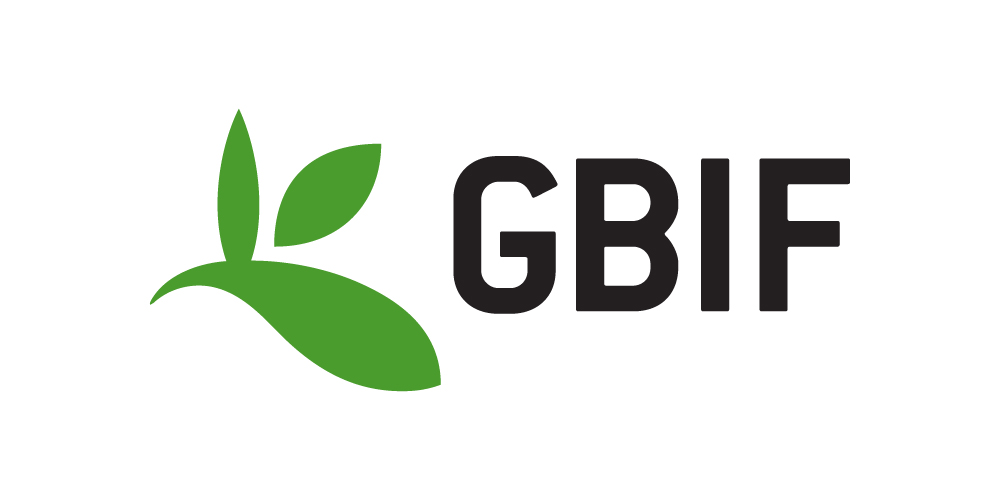Fossil collection of University Museum Utrecht (UMU)
GBIF
Dataset type
This dataset that contains primary occurrence data for species.
Description
<p>The paleontological collection of the UMU is an historic teaching collection. It dates back to the beginning of the 19th century, then a small part of the mineral and petrological collection of the university.</p><p>In 1879 C.E.A. Wichmann (1851-1927) was appointed professor in geology and he started bringing together a large and diverse teaching collection of minerals, rock samples and fossils. As was common that time, a substantial part was purchased from well-known suppliers such as Krantz (Berlin, Bonn), B. Stürtz (Bonn) and the Comptoir minéralogique & géologique de Genève. The collection grew substantially in the course of the 20th century, a.o. by donations and with research material collected at field work, a.o. in Indonesia. In 1991 the historic part of the collection was transferred from the department of geology to the UMU.</p><p>The collection is predominantly composed of invertebrate fossils. Notable subcollections are fossils, including type material, from bore holes at the type locality of the Eemian in Amersfoort, from early 19th century drillings in Amsterdam and other localities in the Netherlands, described by P. Harting and J. Lorié. Important is also the Pliocene core from a drilling conducted in the 1870-ies in the town of Utrecht, studied by Lorié. Furthermore worth mentioning is the fossilized fragment of a skull of Bos primigenius, described in 1831 by De Fremery, mammalian fossils collected around 1828 at the Kaberg (location of Fort Willem II, Maastricht), a collection of mammalian fossils from the phosphates of Quercy, France (Upper Eocene-Lower Miocene), and a collection of fossils from the White River fauna (Late Eocene-Early Oligocene) from the USA.</p>
Type of content
Includes: Point occurrence data, gbif import.Citation
Lambers P, Creuwels J (2025). Fossil collection of University Museum Utrecht (UMU). Version 1.7. University Museum Utrecht. Occurrence dataset https://doi.org/10.15468/p58fyy accessed via GBIF.org on 2025-05-28.
Digitised records
Looking up... the number of records that can be accessed through the BioAtlas - Atlas bioraznolikosti Hrvatske. This resource was last checked for updated data on 28 May 2025. The most recent data was published on 06 Nov 2024.
Metadata last updated on 2025-05-28 19:43:22.0
Loading...

